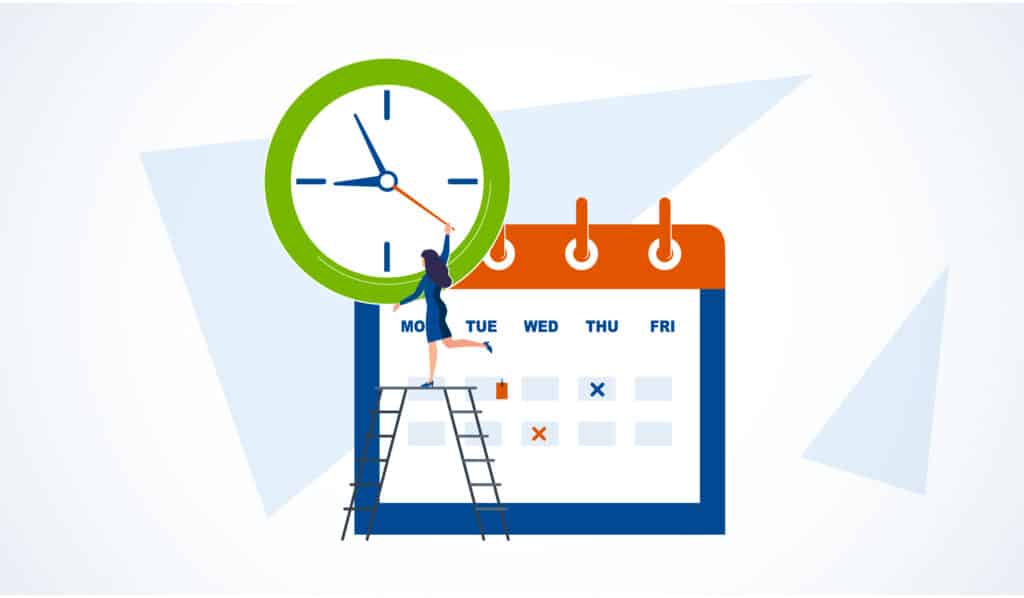 The most important asset you have as a business owner/administrator is the people that work for you and the brand that you create to support your patients. The question we’re asked most often as practice consultants is “How can we set our practice apart from our competition and protect ourselves from industry disruptors?”
The most important asset you have as a business owner/administrator is the people that work for you and the brand that you create to support your patients. The question we’re asked most often as practice consultants is “How can we set our practice apart from our competition and protect ourselves from industry disruptors?”
Below are the seven key areas we recommend practice leaders focus on to differentiate themselves and ultimately, grow their businesses:
1. Industry
Get involved with our industry at a broader level, either with national organizations, local boards, or philanthropic events in your community. As we all know, a lot is happening regarding policies and regulations on Medicare coverage and over-the-counter (OTC) hearing aid options. Lobbying can help amplify our voices as industry experts. Stay up to date with the latest research and clinical trials or join an advisory council (like the CQ Audiology Advisory Council) to provide guidance on industry trends and best practices. Getting involved on a higher level shows that your commitment to the field goes beyond selling hearing aids.
2. Community
It’s important to create a brand that represents who you are and what you believe in. Does your practice’s presence in the community reflect your mission and values? Do you even really have a presence in your community? Whether in-person or virtual, community events such as health fairs, lunch and learns, and free hearing screening events should be part of your overall marketing strategy. Make sure your events are exciting to the target audience and that they end with a clear call to action! Finally, educate physicians and community groups (urgent care centers, walk-in clinics, senior living facilities, etc.) about the comorbidities associated with hearing loss and the importance of hearing on one’s overall wellness.
3. Team Culture
Foster a workplace culture that’s patient-centric and built on trust. Do you have the right people on your team? Do they work efficiently together as a team? Have you communicated your mission to them? Can they articulate that mission to patients? Champion open communication and welcome feedback and input from your staff. Regular staff meetings are crucial opportunities for team building, goal-setting, and instilling a growth mindset in your employees. Hold a daily “huddle” with your staff to set and maintain clear expectations each day. Also, be sure to provide professional growth opportunities with ongoing job description and performance reviews.
4. Patients
Put yourself in your patients’ shoes and trace the steps of their typical journey. Be aware of your digital presence and look at your website from a visitor’s perspective. Is it easy for them to find your contact information or to book an appointment? Does it include positive patient reviews and testimonials that convey your passion and expertise? Stay top of mind with patients by engaging with them on social media and sending regular communications such as birthday messages, newsletters, and appointment reminders. Consider utilizing innovative tools to stay in touch with patients like Consult’s exclusive new video marketing platform. Hosting educational seminars about common challenges like hearing aid Bluetooth connectivity is another great way to empower your patients and improve hearing aid outcomes. Patients want to be informed and to feel like their healthcare providers genuinely care about them!
5. In-Office
Try walking into your office as if you’ve never been there before. Examine the layout of your reception and waiting area as well as your exam room(s). What message does each space send to visitors? Are they all clean and without clutter? Is the physical space built in a way that allows room for growth? Don’t forget that your front office person is often a patient’s first impression of the practice. Does he/she positively represent your brand and support your mission? Examine the flow from arrival to the appointment to check out as well. Consider displaying assistive technology such as captioned telephones or playing educational waiting room videos that show statistics about hearing loss and/or share a patient’s journey.
6. In Appointments
You should also try walking through the flow of each appointment type, considering every element of the process. Do patients know what the expectations are in advance? Are your providers educating patients and giving their professional recommendations efficiently and concisely without pre-judgment? Engage in dialogue with your providers and hold them accountable for consistency in this process. Discuss outcome notes and work as a team to include new or different measures or specialized testing if appropriate. And continue to re-visit this process for ongoing practice growth. The goal here is to continue to improve how you deliver diagnosis and treatment messages to establish greater trust with patients so that more of them accept your help.
7. Follow-up Care
Follow-up and follow-through can be challenging in any field, but there are simple ways to add this to your processes to present yourself as an industry leader. Do you have a hearing loss prevention program or a referral plan? Do you have walk-in hours so that patients have the convenience of returning whenever they’re having a problem? Set up your email automation software to distribute patient satisfaction surveys following appointments. Send patients home with educational brochures that will help foster an ongoing relationship. Take time to make follow-up phone calls, regardless of whether the patient was ready to move forward and purchase hearing aids or not. All patients, even those who do not have an aidable hearing loss, should receive ongoing education and communication from your practice. This upholds your commitment to providing quality hearing healthcare and helping as many people as possible. Establishing realistic expectations regarding follow-up is also key. Let patients know that the average person upgrades their hearing aids every 3.7 years and that they should expect to return at the three-year mark for you to re-evaluate their hearing loss and ensure their devices are still functioning properly.
These areas are a great place to start thinking about how you can differentiate your practice. Don’t try to revamp your processes all at once. Instead, tackle a few of the above suggestions at a time. And remember that our Account Managers can help—this is exactly what we do every day for practices all across the country.










